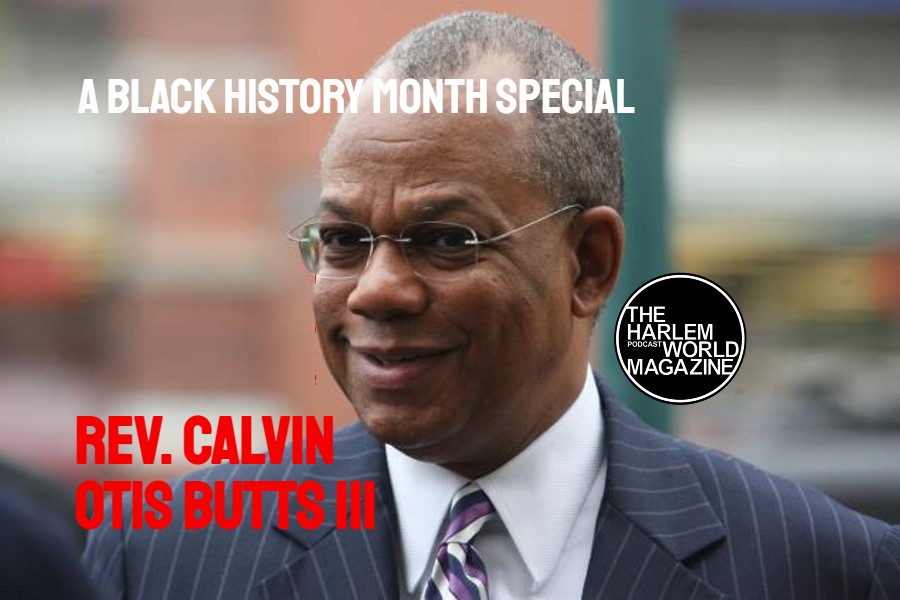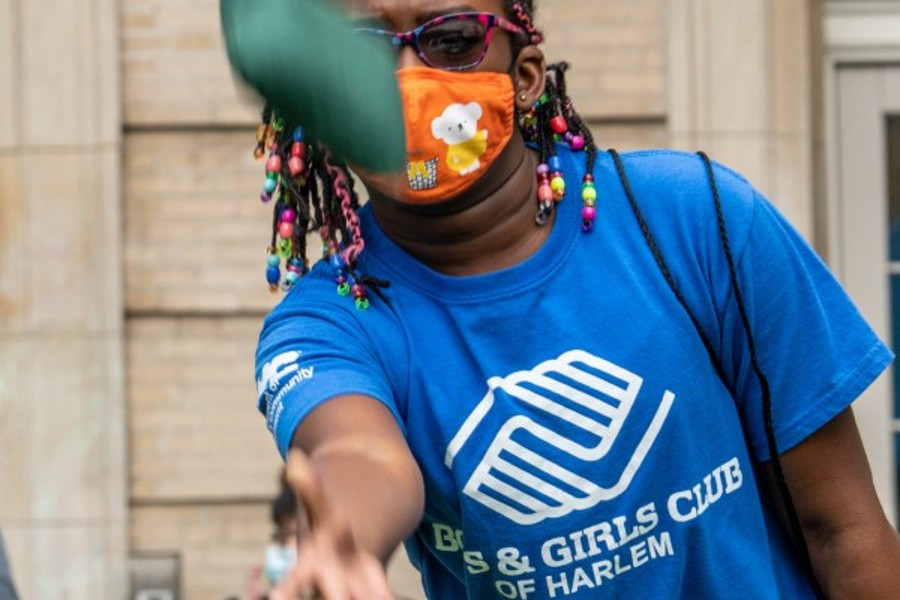
Elizabeth Catlett, whose abstracted sculptures of the human form reflected her deep concern with the African-American experience and the struggle for civil rights…..died on Monday at her home in Cuernavaca, Mexico, where she had lived since the late 1940s. She was 96.
June Kelly, one of her American dealers, said Ms. Catlett died in her sleep.
In her smoothly modeled clay, wood and stone sculptures, and vigorous woodcuts and linocuts, Ms. Catlett drew on her experience as an African-American woman who had come of age at a time of widespread segregation and who had felt its sting. But her art had other influences, including pre-Columbian sculpture, Henry Moore’s sensuous reclining nudes and Diego Rivera’s political murals.
Her best-known works depict black women as strong, maternal figures. In one early sculpture, “Mother and Child” (1939), a young woman with close-cropped hair and features resembling a Gabon mask cradles a child against her shoulder. It won first prize in sculpture at the American Negro Exposition in Chicago. In a recent piece, “Bather” (2009), a similar-looking subject flexes her triceps in a gesture of vitality and confidence.
Her art did not exclude men; “Invisible Man,” her 15-foot-high bronze memorial to the author Ralph Ellison, can be seen in Riverside Park in Manhattan, at 150th Street.
Her art was often presented in the United States, in major surveys in the 1960s and ’70s in particular, among them “Two Centuries of Black American Art,” at the Los Angeles County Museum of Art in 1976. Her posters of Harriet Tubman, Angela Davis, Malcolm X and other figures were widely distributed.
Alice Elizabeth Catlett was born on April 15, 1915, in Washington, the youngest of three children. Her mother, the former Mary Carson, was a truant officer; her father, John, who died before she was born, had taught at Tuskegee University and in the local public school system.
Ms. Catlett became an educator, too. After graduating cum laude from Howard University in 1935, she taught high school in Durham, N.C.
Howard hadn’t been her first choice. She had won a scholarship to the Carnegie Institute of Technology, in Pittsburgh, but the college refused to allow her to matriculate when it learned she was black. So she entered historically black Howard, with one semester’s worth of tuition saved by her mother. She earned scholarships to cover the rest.
An interest in the painter Grant Wood led her to pursue an M.F.A. at the University of Iowa, where Wood was teaching. There she focused on stone carvings rooted in her own experience — sensitive portraits of African-American women and children.
After graduating she moved to New Orleans to teach at Dillard University, another historically black institution. There she organized a trip to the Delgado Museum of Art so that her students could see a Picasso exhibition. But this was no ordinary school trip; the museum was officially off-limits to blacks, so Ms. Catlett arranged to visit on a day when it was closed to the public.
While on a summer break from Dillard, she met the artist Charles White in Chicago. They married in 1941 and divorced five years later.
She left New Orleans to study with the Russian-born sculptor Ossip Zadkine in New York. Mr. Zadkine, who spent his formative years in Montparnasse alongside Modigliani and Brancusi, nudged her work in a more abstract direction. During this time, the early 1940s, Ms. Catlett also worked in adult education at the George Washington Carver School in Harlem, a program that nurtured the photographer Roy DeCarava, among others.
In 1946 Ms. Catlett traveled to Mexico on a fellowship. There she married the artist Francisco Mora and accepted an invitation to work at Taller de Gráfica Popular (TGP), a workshop in Mexico City for murals and graphic arts. The TGP inspired her to reach out to the broadest possible audience, which often meant balancing abstraction with figuration.
“I learned how you use your art for the service of people, struggling people, to whom only realism is meaningful,” she later said of this period.
Like other artists and activists, Ms. Catlett felt the political tensions of the McCarthy years. The TGP was thought to have ties to the Communist Party; Ms. Catlett never joined the party, but Mr. White, her first husband, had been a member, and she was closely watched by the United States Embassy.
In 1949 she was arrested, along with other expatriates, during a railroad workers’ strike in Mexico City. Eventually she gave up her American citizenship and was declared an undesirable alien by the State Department. In 1971 she had to obtain a special visa to attend the opening of her one-woman show at the Studio Museum in Harlem.
Ms. Catlett continued to teach even after becoming a successful artist. In 1958 she became the first female professor of sculpture and head of the sculpture department at the National Autonomous University of Mexico’s School of Fine Arts in Mexico City. She retired to Cuernavaca, about 35 miles southwest of Mexico City, in 1975.
Ms. Catlett’s art is in museums around the world, including the Museum of Modern Art and the Metropolitan Museum of Art in New York; the High Museum in Atlanta; the Museum of Modern Art in Mexico City; and the National Museum of Prague. In 2003, the International Sculpture Center gave her a lifetime achievement award.
Mr. Mora, her husband, died in 2002. She is survived by three sons, Francisco, Juan and David Mora Catlett, 10 grandchildren and six great-grandchildren.
In 1998, the Neuberger Museum of Art at Purchase College in Westchester County exhibited a 50-year retrospective of Ms. Catlett’s sculpture. The critic Michael Brenson wrote in the show’s catalog, “Ms. Catlett’s sculptures communicate a deeply human image of African-Americans while appealing to values and virtues that encourage a sense of common humanity.” He also singled out the “fluid, sensual surfaces” of her sculptures, which he said “seem to welcome not just the embrace of light but also the caress of the viewer’s hand.”
In his review of that show for The New York Times, Ken Johnson wrote that Ms. Catlett “gives wood and stone a melting, almost erotic luminosity.” But he also found her iconography “generic and clichéd.”
Last year, the Bronx Museum mounted “Stargazers: Elizabeth Catlett in Conversation With 21 Contemporary Artists,” an exhibition that placed her sculptures, prints and drawings in the company of works by Ellen Gallagher, Kalup Linzy, Wangechi Mutu and others at the forefront of the contemporary art scene.
In her own words, Ms. Catlett was more concerned with the social dimension of her art than its novelty or originality. As she told a former student, the artist and art historian Samella S. Lewis, “I have always wanted my art to service my people — to reflect us, to relate to us, to stimulate us, to make us aware of our potential.”
Related articles

Become a Harlem Insider!
By submitting this form, you are consenting to receive marketing emails from: Harlem World Magazine, 2521 1/2 west 42nd street, Los Angeles, CA, 90008, https://www.harlemworldmagazine.com. You can revoke your consent to receive emails at any time by using the SafeUnsubscribe® link, found at the bottom of every email. Emails are serviced by Constant Contact






















